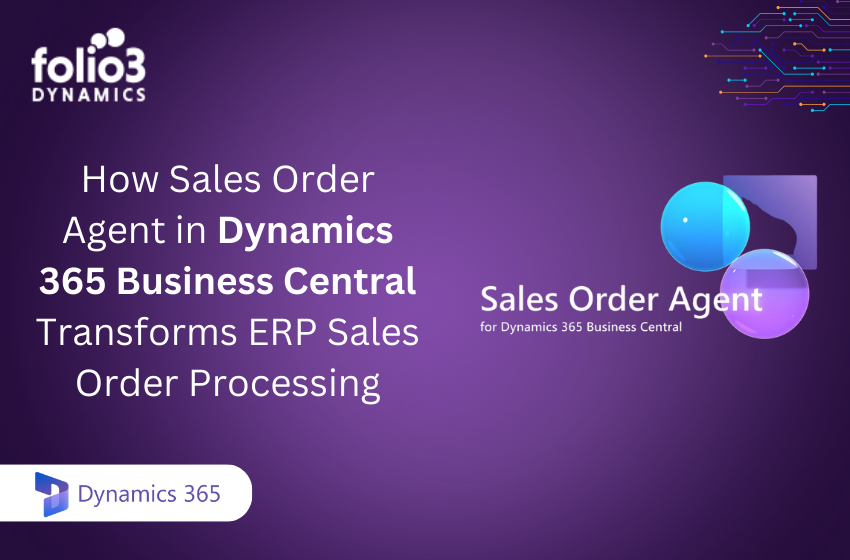Business scenarios change a lot, and it sucks when your infrastructure refuses to keep up with that shift. If you have a cumbersome architecture, you will always deal with an unwieldy performance.
So, to keep up with the shifts, you must make a transition in your business and establish a better architecture across your enterprise.
There are two most common types of architecture prevailing in the business world today, Microservices and Monolith.
With microservices architecture growing as a trend globally, business leaders are achieving business agility, flexibility, and faster time to market.
In contrast to microservices, a monolith is a default type of architecture that has its unique scenarios and benefits that are apt for different business purposes.
But, which one should you choose for your business?
That needs a comparison between both.
Well, before we go into comparing the two architectures, let’s quickly touch on the basics of each one:
What Is Monolith?
Despite the name suggesting monolith be an outdated system, it is not the system to leave in the past. Many businesses still implement this infrastructure.
Monolith is a traditional way of developing applications that work as an indivisible unit. Each monolithic application is built on the same codebase with a variable number of components, depending on the complexity and technical features of a business.
So, as you add new features in monolith applications, you will need to amend the same codebase to grow the architecture over time. That is because the monolithic applications and their dependencies are built on a single system and have the same binary code for deployment.
A monolithic architecture comes with distinct advantages and shortcomings that you must evaluate when you are looking to implement this type of architecture for your business applications.
What Are The Pros And Cons Of Monolith?
Pros
-
Less Operational Costs
Monolith is a combined infrastructure for all components and functions hooked up in the same place. So, it involves less operational overhead by avoiding additional costs associated with the independent deployment of modules as in the microservices architecture.
-
Adjustable Code
Monolith has a single base code for deployed applications. Its code is easy to tweak, so you can change it to match with ongoing changes in your business structure.
-
Fewer Cross-Cutting Concerns
Monolith provides a single memory, space, and resources shared across applications, so it is easy to address concerns such as logging, caching, handling, and security.
-
Better Performance
By facilitating an inter-shared memory, monolith makes the performance faster across the business arena.
Cons
-
Supports Small Teams
With its tightly packed applications, the monolith structure only supports businesses with small teams. For the large teams with the multi-department system, monolith makes it hard to break the services into chunks for each one.
-
Difficult Scaling
It is a complex software with overly tight coupled applications that inflate the difficulty of isolating services for individual scaling. Innovative and advanced businesses will face scaling issues with monolith since it only has a horizontal scaling option.
-
Complicated Adoption of Third-Party Tools
Monolith builds applications with multiple dependencies based on one code. Hence, adding new third-party-owned tools to them requires complicated amendments to different layers of the application.
-
Requires Single Programming Language
Adding more than one programming language in monolithic apps is full of challenges. They typically prevent the integration of more components- written in an external language- into the infrastructure.
What Are Microservices?
Microservices provides a suite of modular units and services to accommodate the needs of a large application development scenario.
They are designed to provide businesses with technological capabilities in the form of independently deployable components. This means you can easily upgrade each unit in isolation without overhauling the application completely.
Since each unit is independent, they have a hard-to-cross line between the services. Hence, they limit the possibility of technical mistakes occurring in one system affecting other system units.
Despite being a trend in today’s business world, microservices have a combination of benefits and limitations for a business.
What Are The Pros And Cons Of Microservices?
Pros
-
Better Organization
Microservices are organized around business functionalities and technological specifications. They operate as single units with easy deployment.
-
Scalability
Microservices offer flexibility to scale and upgrade by making it easy to separate one application from the rest of them. They also give you the privilege to add new components whenever needed.
-
Fewer Errors
Each component in microservices is independent to operate. If an error occurs in one application, there is the least possibility of other modules being affected.
-
Faster Deployment
As each module operates in isolation, microservices allow you to easily replace an underperforming one with a new component from an alternate vendor.
-
Easier Onboarding of New Developers
Services available as individual modules in microservices architecture make it easy for new developers to understand the functionality of each component.
-
Cost-benefit
With their smaller and faster deployment modules, microservices give a cost-saving benefit. Costs for different modules vary and are relatively less than deploying a huge monolith system.
Cons
-
Complex Testing
As there are widely spread microservices operating individually throughout the business system, testing for this architecture is relatively more complex than for monolith.
-
Cross-Cutting Concerns
With separate modules of microservices, you will need to handle cross-cutting concerns like logging, health checks, externalized configuration, service discovery, service registration, and those specific to the technologies.
-
Increased Overhead
Since it provides a divisible structure for applications, a microservices architecture typically involves increased management and operation costs.
-
Security Threats
Microservices present an open structure that is more prone to security attacks.
Which Scenarios Do Microservices and Monolith Fit in?
The choice of one structure between microservices vs monolith is a hard nut to crack. Each has its own perks and offerings that conform to specific situations.
Therefore, you must consider the scenarios in which either of these will be a good fit:
-
Monolith
Starting with monolith structure has its typical scenarios such as:
Small Teams at Founding Level
For a starting team of around two to five members, monolith architecture can be ideal to focus on.
Building a Proof of Concept
As you try to figure out what can be useful for your users, you may want to build more new products. For this, monolith allows you rapid product iteration. This makes it the best road to go down.
Foreseeable Scale and Complexity
When you know your application does not require higher scalability and you will be able to manage the complexity, establishing monolith architecture can be the best option.
-
Microservices
Opting for microservices also has its unique scenarios where the choice of independent units will be perfect for your business. Let’s look at what these scenarios are:
Large Corporations with Multiple Departments
For large corporations, microservices are a perfect fit. With its independent components, this structure allows them to deploy and upgrade all services independently without affecting the function of other applications.
Complex Scalability
A business that requires complex scalability must opt for microservices. This approach supports the ability to scale each element independently. It is also a more cost-effective and time-efficient scaling than a monolith.
That’s all!
You have covered pretty much everything about both architectures.
Now, you know microservices and monolith have specific scenarios for use and deployment and support distinct business needs. You can choose the approach that aligns with the kind of business you own and the stage your teams are standing on.
If you are still not sure what to do, let’s make the comparison a bit simpler:
Microservices Vs Monolith: Which Is Better For Your Business?
If you want to develop a complex application, you must adopt microservices. Alternatively, for lightweight applications, monolith architecture is the right choice.
To some extent, the use of monolith applications is declining because of their notoriously difficult codebase handling, implementation, and scaling. They become even harder to manage when they are poorly designed.
On the other hand, microservices provide a better way to leverage cloud storage, manage growing data sets, and deploy solutions faster.
Therefore, businesses usually prefer microservices to the monolith.
Many notable industry leaders such as Amazon, Spotify, and PayPal have already adopted the shift from the monolith to the microservices architecture.
Now, that is one side of the picture. However, many businesses still believe that the first application should be built as a monolith. Then, for expansion, you can switch over to microservices.
The Final Verdict
Both architectures- monolith and microservices- support the sustainable functionality of your business capabilities and accommodate enough modules with some differences. Still, each one manages to offer distinct advantages to unique business scenarios.
Now, you need to evaluate your business culture against the pros and cons of each one to decide which is the best way to go down.
So, do not just think about these architectural designs, but also consider your specific needs. That way, you can go with the structure that best suits your needs and objectives.


